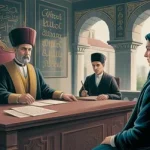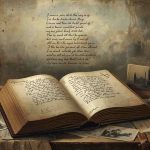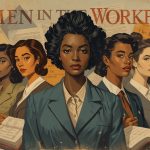A deep analysis of women in Victorian literature shows a world of contrasts. Women were praised as the moral heart of society, yet confined by patriarchy and denied full identity. Works like The Scarlet Letter highlight how figures such as Hester Prynne mirrored the resilience of Victorian women under rigid social norms. These writings not only revealed oppression and double standards but also questioned women’s place in society, showing how literature reflected and shaped real life.
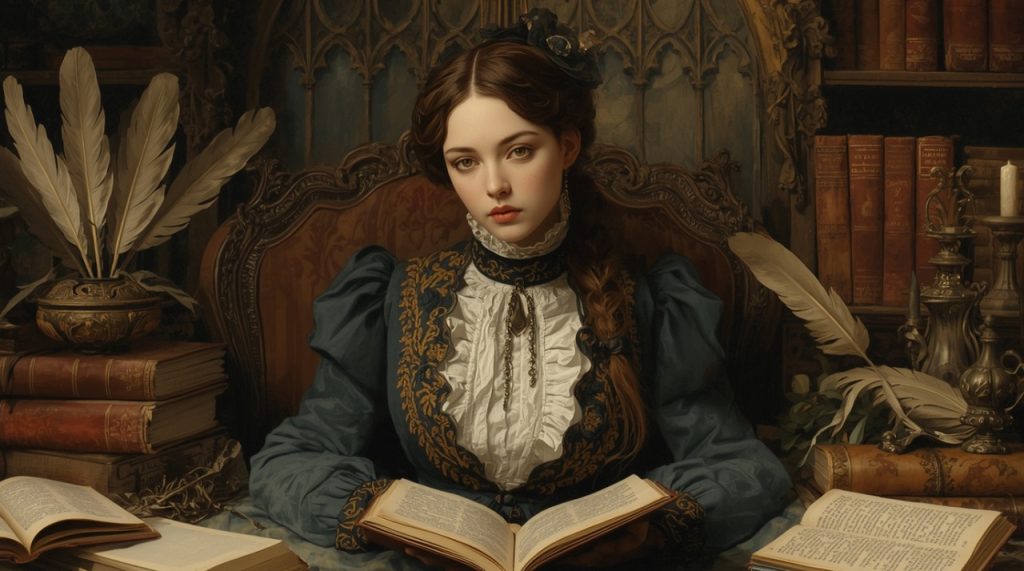
Through novels, essays, and poetry, women’s voices started to challenge the silence imposed on them. Their portrayal opened the door for debates on education, independence, and legal rights.
Literature, therefore, became a stage where women’s lives, desires, and struggles were represented, criticized, and sometimes reimagined
Context Victorian society & women’s position
Victorian society was dominated by rigid hierarchies in which men wielded power in both the public and private spheres. Women, after all, were to inhabit a world of purity, modesty, and household obligation.
Their purpose was to attract husbands, raise children and keep moral order at home. It was a frame that helped to ensure the “natural” place for a woman was in the home, as distant from politics and power as possible.
However, industrialization and urban expansion gradually transformed this model. Although older gender roles continued, many women started to work outside the home (especially in the lower classes).
This sea change was reflected in literature in that it began to depict women not only as carers but as beings with personal desires. This conflict between tradition and social progress is typical of the Victorian era.
Fallen Women in Victorian Literature
The theme of “fallen women” became a powerful subject in Victorian literature, reflecting society’s harsh judgment of women who strayed from accepted moral standards.
These characters were often portrayed as women who lost their social standing due to premarital relationships, adultery, or sexual exploitation. Instead of receiving sympathy, they were condemned, shunned, or punished, exposing the double standards of Victorian morality.
Writers like Thomas Hardy and Elizabeth Gaskell challenged these views by giving voice to such women, showing their humanity and the injustice they faced, making “fallen women” an enduring symbol of social critique in Victorian literature.
Women’s Role in Victorian Literature
In Victorian literature, women were often depicted as symbols of morality, purity, and domestic responsibility. Writers highlighted their role as wives, mothers, and caretakers, showing them as the moral backbone of society.
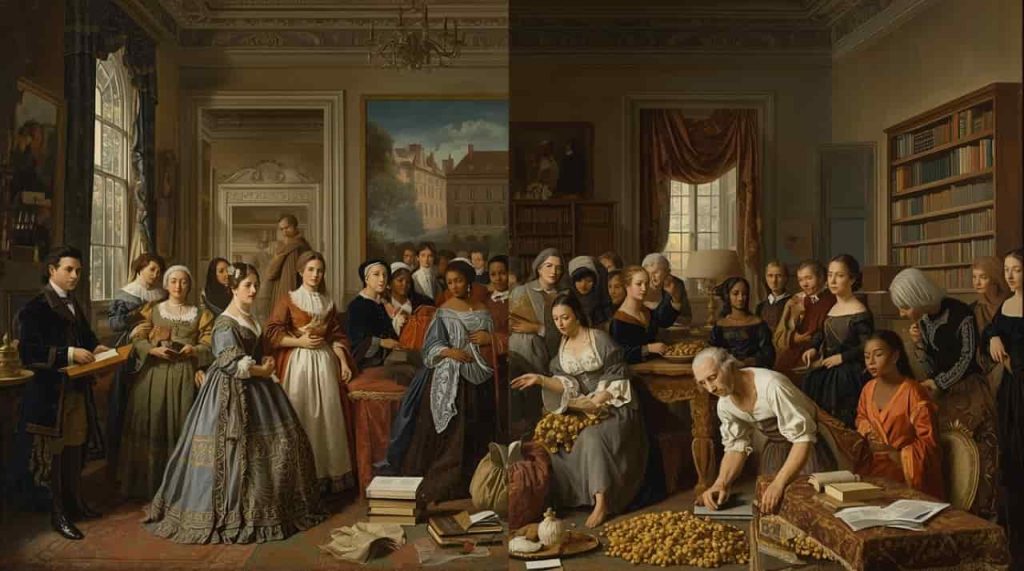
Literature of this period often reflected the “ideal woman” as gentle, submissive, and devoted to family, yet many authors also explored the struggles women faced due to strict gender roles and limited opportunities.
Through novels, poetry, and plays, Victorian writers revealed how women navigated love, marriage, education, and independence, making their position in society a central theme of the era.
Historical Context and Transcultural Norm
There was the blooming role of women — alongside the fallible contradictions of Queen Victoria. As a monarch, she was the most powerful woman in the world, but she espoused values of female submissiveness and motherhood.
This contradiction generated a cultural tension in that women were encouraged to admire the Queen, but not to emulate her independence.
Marriage continued to be the primary expectation for women. Success as a wife and mother was one of the factors by which a woman’s worth was judged. Such single women were termed “spinsters” and often experienced social pity or exclusion.
A lot of Victorian literature engaged with these contradictions, describing protagonists pulled in both the direction of their own unliberated desires and the overwhelming strictures of social responsibility.
Women’s Rights and Legal Status
There was no legal parity between men and women. Before reforms, women who married had their property seized by their husbands and were left financially dependent.
Divorce laws favored men, and a woman usually had to demonstrate extreme abuse or adultery if she wanted to get out of a marriage. This discrimination in law represented the underlying patriarchal structure of the Victorian society.
Domestic abuse was also rampant, but the legal system did little to acknowledge it. The Contagious Diseases Prevention Acts made the hypocrisy even more evident.
Women judged to be prostitutes were subjected to compulsory examination and confinement, with no such requirement for men.
They laid bare the ways in which society policed women’s bodies in the name of morality and health, further cementing gender injustice.
Social Ideals and Expectations
“The Angel in the House” One of the ideas that most strongly influenced The role of women in Victorian literature was “The Angel in the House.” This image painted a portrait of the type of wife who was innocent, selfless, and dedicated solely to her family.
The moral mentor of her household, she was long deprived of liberty by this function. This has been repeated by literature, where women characters were included as recipients of charity and not as agents.
At the same time, the ideal of the “household general” depicted women as administrators of daily life. Family members were supposed to maintain familial order, and morality and sexuality very controlled.
Any effort to escape from these roles was considered as defiance. But many of the writers of the era used their stories to challenge those ideals, depicting women who refused to be submissive and sought to claim their own sense of freedom.
Class and Domestic Life
The lives of working-class women were a world apart from middle-class women. They worked in factories, on farms, in servants’ quarters and street markets and they sent the money home to provide for their households.
They worked hard, often for low pay, and with little attention. Literature described them sometimes, but almost always as objects of pity, or a moral cautionary tale, not as agents of their own destinies.
The middle-class spouse, on the other hand, was to be a paragon of domestic virtue. The centre of their universe was about caring for family, visiting in society and doing good. But in the colonies, like Canada, women’s duties broadened.
They needed to be housekeepers and adjust to frontier living, which made them more independent than they could be in Britain.
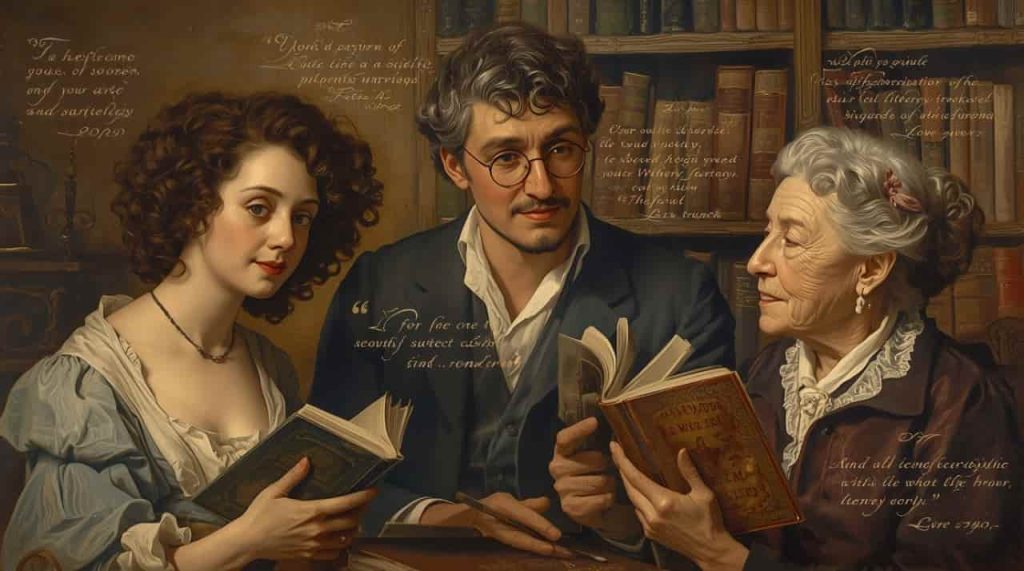
These disparities illuminate the ways in which class and empire determined the roles potentially open to women in the Victorian age.
Education and Intellectual Growth
There wasn’t much education for the rest of the girls — just rudimentary literacy. There was almost no access to higher education, and no access at all to the universities for women for most of the Victorian period.
But an increasingly educated populace expressed women’s aspirations to learn and lay a claim to the life of the mind.
Reforms eventually resulted in the establishment of women’s colleges, such as Girton and Newnham at Cambridge.
These changes gradually redefined the role of women in society. Literature echoed these changes depicting educated heroines as a menace to tradition (Trincomeli, 1836) or an instrument of progress (Martinez, 1858).
Education therefore emerged as a key site of autonomy, identity and the developing feminist voice.
Women in the Workforce
The job market for women was a study in sharp class distinctions. Factories, domestic service, and trade Women’s labour in factories, domestic service and trade was a necessity for working-class women.
Their jobs were taxing and sometimes dangerous. Middle-class women took up jobs as teachers, nurses or authors which were deemed respectable enough to avoid social disgrace.
In fiction and in essays, the challenges faced by working women became a central theme. Writers stressed labor as the key to identity, independence and dignity.
These characters brought to the forefront the contribution of The name of women in Victorian literature as not just passive subjects, but also signifiers of resistance and social progress.
Writers such as Elizabeth Gaskell depicted female workers sympathetically, as a strong if maltreated force.
Representation in Literature
Male authors too used their prose to challenge conventional women’s representation but this was primarily the domain of female writers such as Charlotte Bronte, George Eliot and Elizabeth Gaskell.
They created heroines who challenged submission, loved learning and sought self-determination.
Their work gave voice to women’s struggles in ways male authors almost never did. Through literature, they forged intellectual space in a culture that sought to quiet them.
Men, too, authors of literature in all its various formats, have mirrored the concerns of society, offering up such archetypes as the “fallen woman” and the “madwoman.” These icons represented fears of female sexuality and rebellion.
You could control through literature just as it had become a stage for resistance. It represented the double life of women as angel and rebel, the silent suffering victims of patriarchy and its outspoken challengers.
Sexuality and Social Concerns
Prostitution was a key moral issue of the Victorian era. It was considered a social disease and was a matter of medical and legal debates.
Reformers typically scapegoated women for immorality, paying very little attention to men’s part in the system.
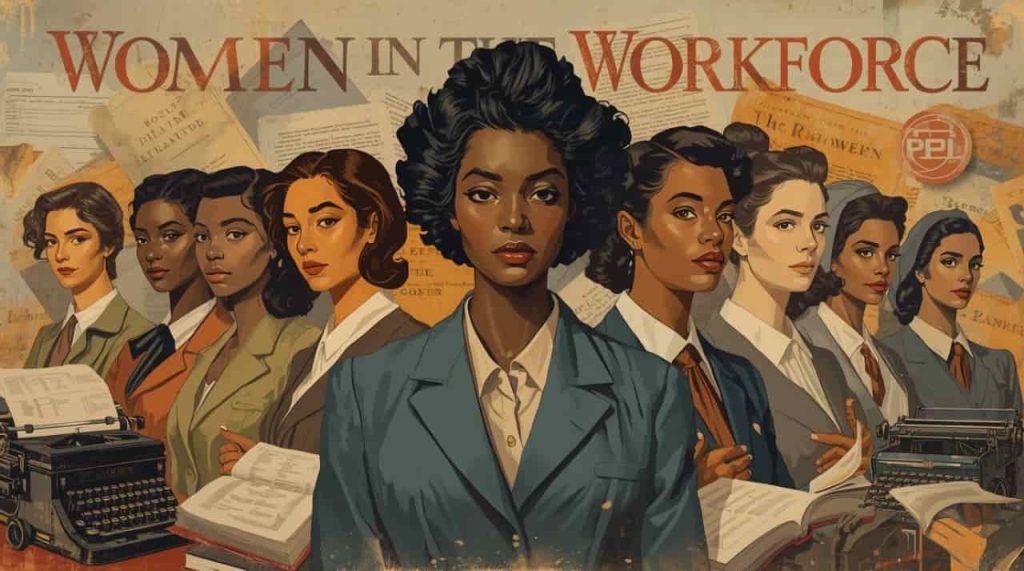
The “fallen woman” was a tragic icon in literature, a representation of society’s cruel judgement towards women who flouted sexual standards.
Control over women’s bodies was similarly upheld through medical discourse. Women’s sexuality was commonly associated with weakness, hysteria or danger.
Such dichotomy was reflected in literature, where women were portrayed as either chaste angelic figures or deadly, seductive figureheads.
This dichotomy, later analyzed by feminist critics, reveals how culture attempted to fit women into this kind of extremes of being the angel or the madwoman.
Leisure and Fashion
Victorian women did have leisure, however constrained. Reading, music, needlework and chaperoned excursions were popular pastimes. Step by step, cycling set into motion, then tennis, withstanding became permissible and with it the arrival of freedom.
These signs heralded the advent of women taking ownership of personal space outside the home.
Fashion also had profound social significance. Corsets and long skirts as well as elaborate dresses all leant toward modesty and away from movement.
Clothing came to symbolize both control and identity. As the decades passed, the loosening of dress mirrored the loosening of women’s roles, and simpler styles replaced fussy ones.
At times, literature described fashion as a metaphor for women’s conflicts between conformity and rebellion.
Conclusion
Women in the Victorian era were constrained by law, culture, and social expectations, but literature exposed fissures in the system. The ”WOMEN IN VICTORIAN LITERATURE 73” portrait of women in Victorian literature shows how women were expected to be submissive but were capable of angling to get outside the accepted parameters. They read and wrote themselves toward an education, legal rights, and personal identity.
These are not things that stayed in the past. They set the table for later feminist movements and redefined women in culture and society.
Victorian literature endures because it reflected not only oppression, but also resistance. From silent angels they went on to become stern voices and made a profound influence in the annals of history and literature.
FAQ’s
She was expected to be pure, modest, obedient, domestic, and devoted to family.
They challenged gender norms, voiced women’s struggles, and expanded the scope of literature.
Her main role was managing the household, raising children, and upholding moral values.
Queen Victoria, the monarch who defined the era itself.
Related Posts
Arcane Society by Jayne Ann Krentz | Detailed Review

